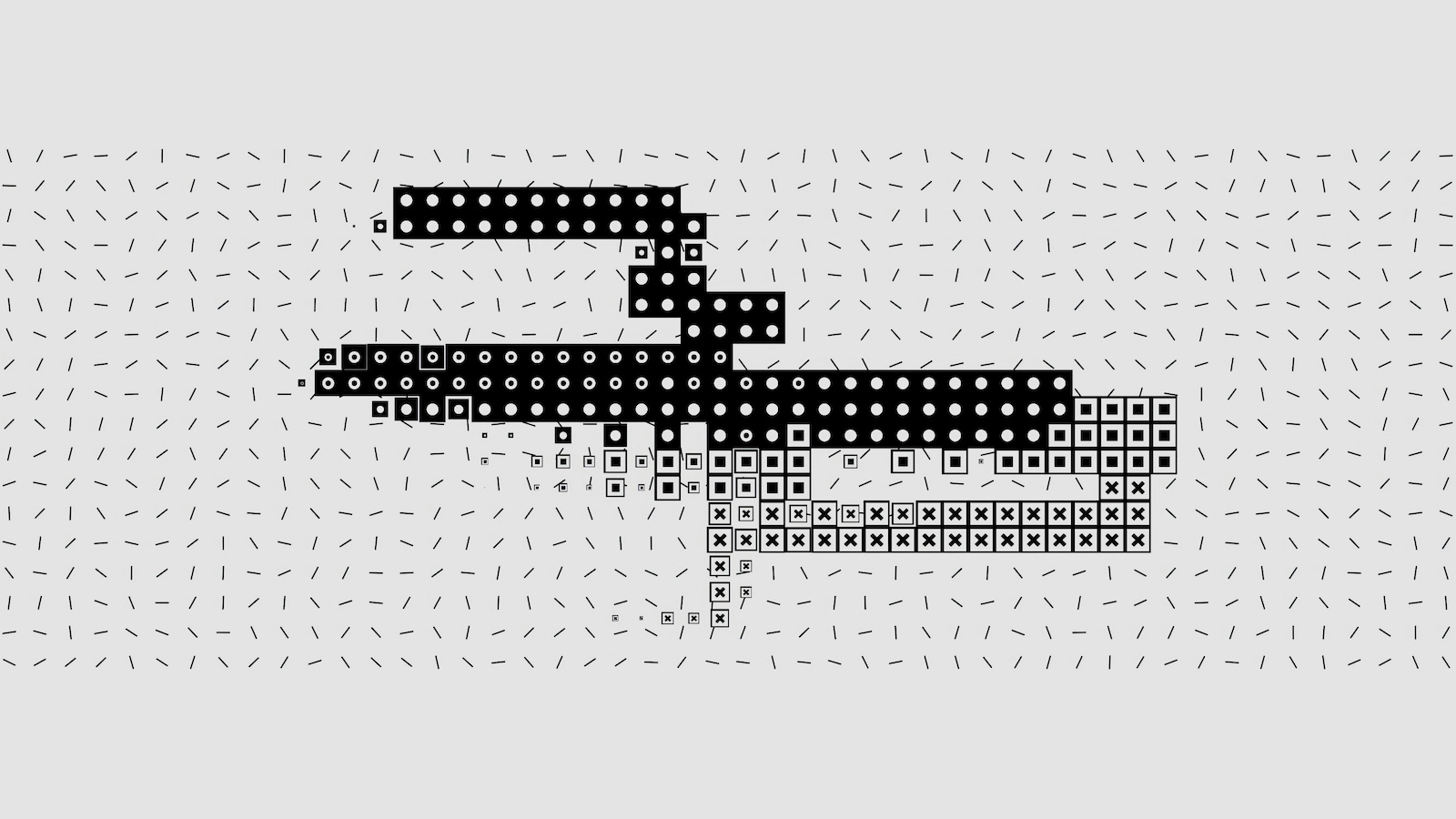The absence of risk profiling in most commercial insurance transactions globally leads to under-insurance or non-insurance.
The absence of risk profiling at the point of purchase in most commercial insurance transactions globally leads to uncertainty about how much insurance is appropriate and how to structure coverage. This uncertainty greatly magnifies the extent of under-insurance and or non-insurance, which undermines the value and reputation of the insurance industry and its advisers.
Without the certainty provided by a risk profile, the divergence of interests for insureds and the insurance industry can determine whether clients are under-insured or even not insured at all. The divergent interests include:
- Insureds will logically try and keep premium costs down, which often affects the levels of insurance and whether to even insure. This can often result in under-insurance or non-insurance in the event of a claim.
- Insurance advisers and underwriters will often encourage higher limits and more coverage to give their clients (insureds) the best protection in the event of a claim, which is their primary purpose.
Digital risk profiling can greatly reduce the extent of under-insurance and non insurance, particularly for higher risks, by providing independent, industry-specific risk exposure, control and benchmarking guidance for insureds and their advisers.
See also: Improve Reputations by Digital Risk Profiling
An extract from a sample risk profile (from the
RiskAdvisor digital library) is shown below. In this example, the client risk assessment is shown in the light blue for insurable risks and green for business risks. Independent industry and risk area specific risk benchmarks are shown ( in purple) to help provide guidance for clients and their insurance advisers to better assess potential risk exposures for their industry sector, to help reduce the potential for under-insurance or non insurance.
Once a client-specific risk profile is created, then the more intelligent matching of insurance with risk can occur as a result of:
- Higher risks being identified in a risk profile, which are usually the ones that are more likely to be considered for insurance. Without the identification of these higher risks and their consequence, under-insurance or non insurance is more likely to occur.
- Higher risks that can be insured can be shown as distinct from uninsurable business risk, creating much clarity on under-insurance and non-insurance before any claims.
- The inclusion in a risk profile of some form of risk consequence rating assessment creates the opportunity to better quantify the amount of coverage that is required, which again reduces the risk of under-insurance or non-insurance.
 See also: Digital Risk Profiling Transforms Insurance
See also: Digital Risk Profiling Transforms Insurance
With low-cost online digital risk profiling now available for business insurance, there is a wonderful opportunity for the insurance industry and advisers to better match insurance coverages with actual client risk through documented risk profiles, reducing the instances of under-insurance or non-insurance and the potential for negligent advice claims.
 See also: Digital Risk Profiling Transforms Insurance
With low-cost online digital risk profiling now available for business insurance, there is a wonderful opportunity for the insurance industry and advisers to better match insurance coverages with actual client risk through documented risk profiles, reducing the instances of under-insurance or non-insurance and the potential for negligent advice claims.
See also: Digital Risk Profiling Transforms Insurance
With low-cost online digital risk profiling now available for business insurance, there is a wonderful opportunity for the insurance industry and advisers to better match insurance coverages with actual client risk through documented risk profiles, reducing the instances of under-insurance or non-insurance and the potential for negligent advice claims.







